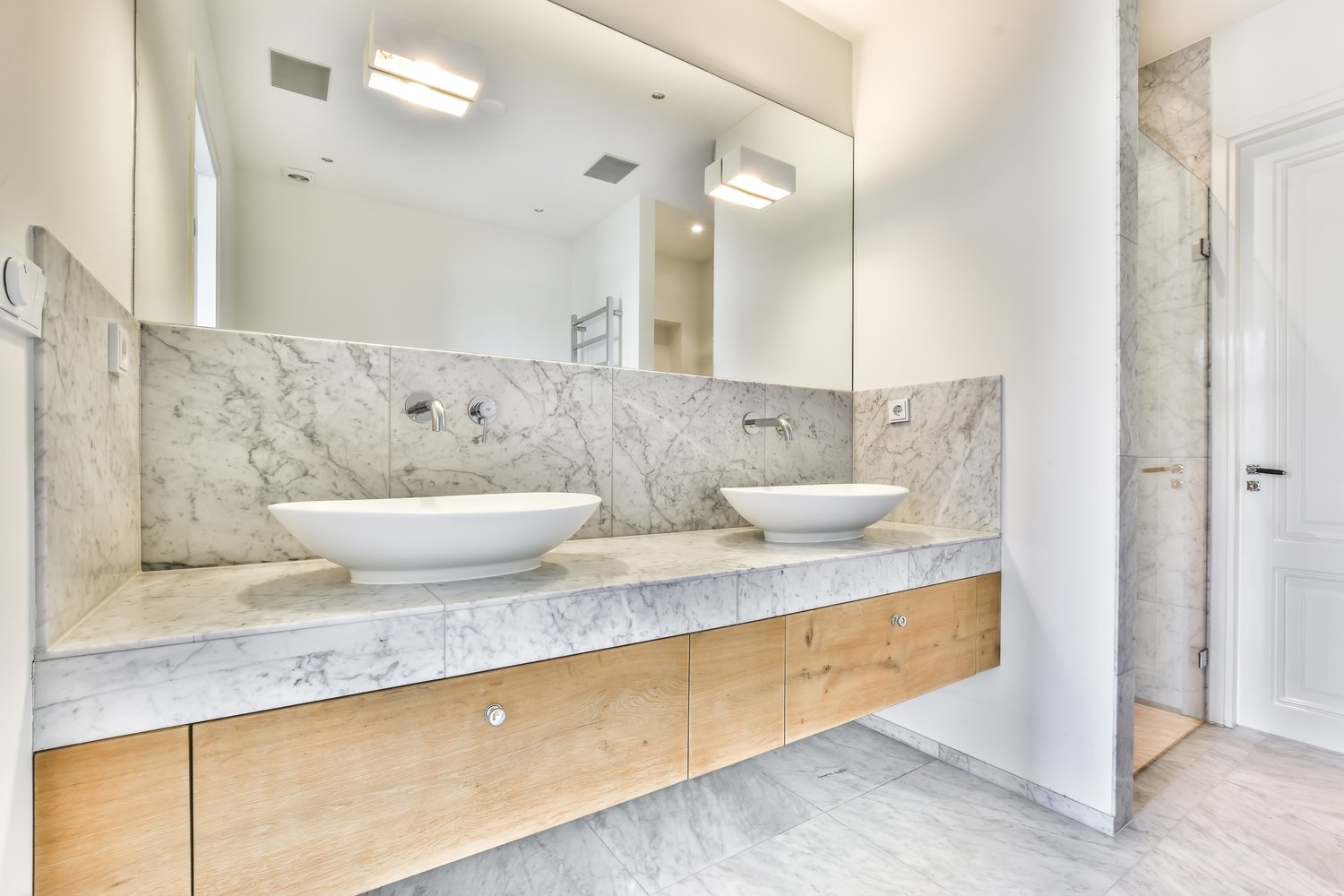Replacing windows in your home can significantly improve energy efficiency, comfort, and curb appeal. However, before shopping for new windows, you must know exactly what size to order. Taking accurate measurements is the most critical step in the window replacement process. This guide will walk you through measuring window openings correctly, helping you avoid costly mistakes and ensuring your replacement windows fit perfectly the first time.
Understanding Window Measurement Basics
Before you grab your measuring tape, you must understand what you’re measuring and why precision matters. When measuring for replacement windows, you’re typically measuring the existing window opening, not the entire window unit with trim. Window manufacturers need specific dimensions to create a replacement that fits properly within your existing frame. Even minor measurement errors of 1/8 inch can result in windows that leak air, water, or won’t function properly.
Most replacement windows are custom-made to fit your specific openings, so there’s little room for error. Remember that windows aren’t always perfectly square, especially in older homes where settling has occurred over time. Taking multiple measurements at different points will help identify any irregularities that must be addressed.
Tools You’ll Need
Proper measurement requires the right tools. At minimum, you’ll need a steel measuring tape (not cloth or plastic, which can stretch), a pencil, paper for recording measurements, and possibly for larger windows. Some professionals also recommend using a level to check if your window opening is square. Having a digital camera or smartphone to take pictures of each window opening can also be helpful for reference later, especially when working with window installation professionals from AskHomey or other service providers.
Measuring Width Correctly
To measure the width of your window opening, you’ll need to measure from jamb to jamb (the vertical sides of the window frame) in three places: at the top, middle, and bottom of the window opening. Record all three measurements, noting which is which. You’ll typically use the smallest of these three width measurements for replacement windows when placing your order. This ensures your new window will fit even if the opening isn’t perfectly square.
When measuring the width, measure the actual opening, not the trim, sill, or other decorative elements. You’re measuring the functional opening where the new window will sit. Be careful not to include the measurement of the parting or interior stops—these small strips of wood hold the sash in place and can be removed.
Measuring Height Accurately
Again, you’ll take three measurements for the height of your window opening: at the window’s left, middle, and right sides. Measure from the high point of the window sill (where the bottom sash sits when closed) to the head jamb (the top of the window opening). Just as with width, record all three measurements, and you’ll typically use the smallest one when ordering your replacement windows.
Remember that the window sill often slopes for drainage, so check from the highest point where the window sash would rest. This is crucial for measuring openings correctly and ensuring your new window will have proper clearance.
Measuring Depth of the Window Opening
Though often overlooked, the depth of your window opening is also essential from the window’s interior to the exterior. Most replacement windows require a minimum depth of 3 1/4 inches, which can vary by manufacturer and window style. If your window opening doesn’t have sufficient depth, you might need a different installation approach or window type.
Recording Your Measurements
When recording measurements for your window measurement guide, always write down the width first, then the height. This is the standard convention in the window industry—width by height. For example, a window that measures 36 inches wide by 60 inches tall would be recorded as 36″ × 60″. Label each window in your home with a number or letter, and keep a consistent record of all measurements.
It’s advisable to create a simple floor plan of your home and number each window on the drawing. Then make a corresponding list with all the measurements for each window. This organized approach to your measure replacement windows project will prevent confusion, especially if you’re replacing multiple windows of different sizes.
Final Verification
After you’ve measured all your windows, it’s wise to double-check your work. Consider measuring again on a different day to verify your numbers. Many professionals recommend subtracting 1/4 inch from the width and height to ensure the replacement window will fit even if the opening isn’t perfectly square. However, follow the specific guidelines provided by your window manufacturer, as some may prefer to make these adjustments based on your raw measurements.
For more tips and to connect with reliable home service professionals, follow AskHomey on Facebook and Instagram.



